Design Week visits World Design Capital Helsinki 2012
As Design Week approaches Finland for The World Design Capital Helsinki 2012 Open Doors Weekend, the first thing we notice is a frozen sea, flanking the peninsula.
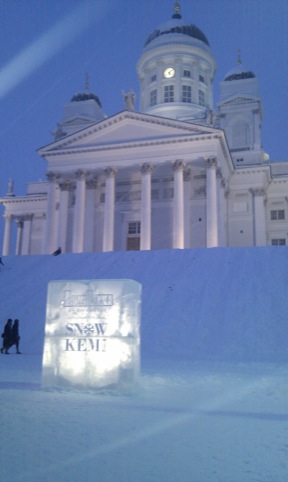
Later we find that the ink in our biro has succumbed to the biting minus 20-degrees temperature and frozen.
But the mechanics of this small, proud, industrious city never seize-up. Everything seems to work; perhaps a result of the people focussed design that the city aspires to.
World Design Capital status is a biennial designation bestowed on a city which shows a desire to use design as a means for social, economic and cultural betterment.
Design is innate and accepted in Finland and something in the national vocabulary. Finnish designers take part in TV programmes and mainstream discussions.
Finns tell us that it’s always been this way, which is a reasonable claim, as the city proper came into being when Finland passed from Swedish to Russian hands and was annexed as an autonomous Grand Duchy in 1809.
By 1812 a new town plan had been commissioned by Alexander I which saw the capital redesigned and expanded on a grid system of long wide streets which took in public buildings and squares.

Pekka Timonen, executive director of World Design Capital Helsinki says that despite these beginnings there has never been a ‘golden age’ of design in Finland; a good things he feels, as it can prove derivative or burdensome for other cities.
‘Ever since our design school was built in the late nineteenth century we have always looked to the future as a design- and culturally-driven city,’ he says.
And following economic turbulence in Finland in 1993, ‘arts, science, creativity and creative businesses’ were invested in heavily, he says. In this time unemployment rates have dropped from around 16 per cent to 8 per cent today.
At a Metropolitan, local and national government level, design is being invested in and ‘human-centred creative solutions’ are in Finland’s design DNA, he adds.
Incidentally, while we’re out there the results of the presidential election come in and the National Coalition Party beat the Green League to win another 6-year term.
It is true though that Fins have a great affinity for products designed and made in Finland.
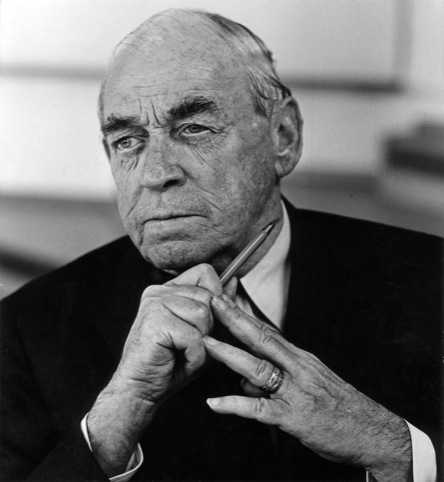
We visit the Arabia Factory, where Fiskars, Hackmann and Iittala products are made. All of these brands are steeped in design history, with Fiskars (established in 1649) – known for its scissors – claiming to be one of the worlds oldest companies and Iittala known for a portfolio of beautiful glass blown products, including designs by architect and designer Alvar Aalto.
The factory, is a workshop for the design and manufacture of these products, and in the case of Iittala, sees artisan glassblowers producing designs by the likes of Aalto.
The largest vase from the Aalto collection can put a master blower’s back or shoulder out for months, according to our guide.
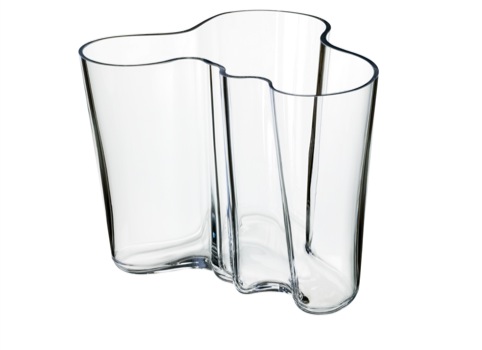
We also took in the Nokia Cable Factory, built in 1860 and by then associated with wellingtons, forestry and cables.
As Nokia began to move out of the building in1989 it started to be colonised by artists and creative companies, a process which was encouraged and formalised by city officials, who proposed a trade off with Nokia; the City taking the building and offering land to Nokia for a new build.
Now some 900 creatives work here, and the space is given over to design consultancies, architects, ad-agencies, an art school and rehearsal spaces.
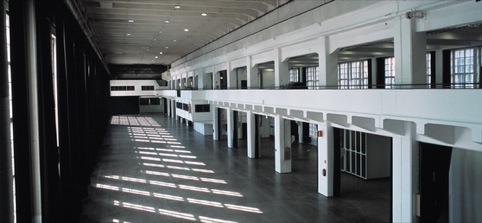
Not everything we saw was on a hulking industrial scale. The Restaurant Day project is a great example of community-based experiential design and fell on the weekend we visited.
It’s a social media driven initiative, held intermittently which encourages citizens to set up restaurants in their homes, and other public or private spaces.
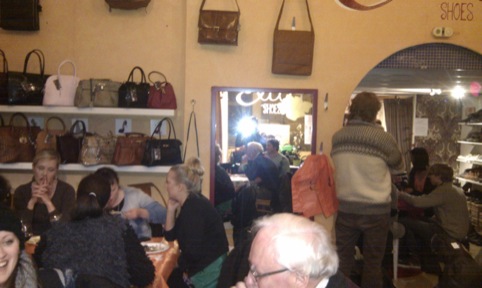
Design Week found itself in a shoe shop being served Brazilian food by a Finnish-Brazilian-Iranian family.

On an even more mind bending culinary note, we also found Kauko, a cafe where everything – the seat and table height, music and lighting are all controlled remotely by sadists with web cams, intent on spilling your coffee.
Elsewhere the Design Museum offered an education to Finish design through a trove of beautiful glassware, ceramics, and mid-century modern furniture, bringing clarification to just how many classic pieces are Finnish.
Through its seven connections exhibition, the Museum of Finnish Architecture offered Finnish projects being exported to the rest of the world.
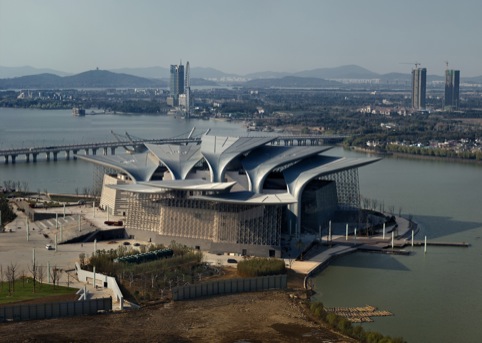
A stand-out was PES Architects’ Wuxi Grand Theatre set to open this year, 150km west of Shanghai which appears to rise out of its Lihu Lake surrounding.
There’s a packed calendar of events for the year long programme, so if you get a chance, go.
The biro wasn’t a good idea though. We recommend taking a pencil.
-
Post a comment




